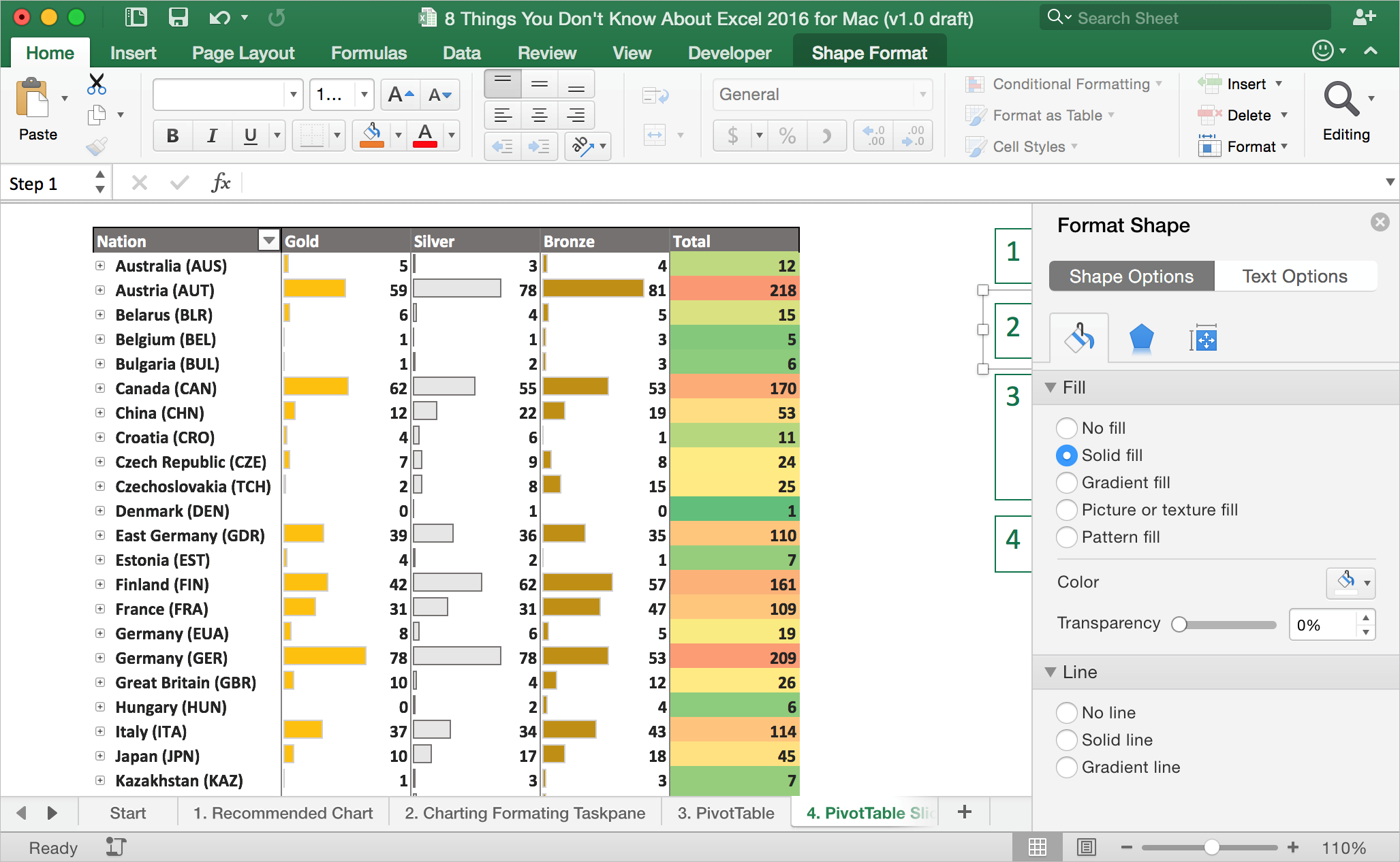

Want to put your address in the top right corner of a letter you’re sending? Align right with Ctrl+R. After that, you’ll most likely want to return to normal formatting for the main body of your text, in which case you can align left with Ctrl+L. Alternatively, you can press Shift+F3 to cycle through three styles: upper case, lower case, and lower case with the first letter of the sentence in capsĭo you need text right in the middle of the page for a title? You can center text with Ctrl+E. There’s no need to delete it all and type it out again: just highlight the relevant text and press Ctrl+Shift+A to turn it all lower case/upper case. Or you might just have typed out a whole paragraph with caps lock on, and now it looks like you’re screaming. There may be times when, for the purposes of clarity or emphasis, you want all of the text to be UPPER CASE. You can even use keyboard shortcuts to increase (Ctrl+]) or decrease (Ctrl+[) the font size by one point.

Using any of these shortcuts will either apply or remove the formatting from the selected text or, if no text is selected, the formatting is applied to any text that is typed after. The three most popular formatting options for style and emphasis are italics (Ctrl+I), bold (Ctrl+B), and underlining (Ctrl+U). They can be used to stylize, emphasize, or add functionality to your written content. Let’s get more specific! Some of these shortcuts will still work across Excel and PowerPoint too, but they are related to inputting text. Although the examples given are for Windows, most of these also work on Mac if the control key is substituted for the command key: Some shortcuts will work wherever you are in the Microsoft universe, whether you’re in an Office program or a web browser. So forget your mouse streamline your workday with these time-saving keyboard shortcuts.
Change the language for excel mac command how to#
We’ve compiled a list of the most common and helpful keyboard shortcuts to help you in your everyday tasks, from the basics to program-specific ones, and some information about how to keep track of them all. If your Mac has multiple users and you want everyone to see the language you chose as the primary language in the login window, click the Action pop-up menu, then choose Apply to Login Window.Keyboard shortcuts, or hotkeys, will help you save time in your daily tasks – and these add up to save a large amount of time, allowing for it to be used in a more productive manner. See If non-Latin fonts don’t appear correctly on Mac. The order of the languages in the list determines how text displays when you type characters in a script that belongs to more than one language. The language may also be used on websites that support the language.

If it doesn’t, it uses the next unselected language in the list, and so on. If macOS or an app supports the primary language, menus and messages are shown in that language.

If you don’t add an input source now, you can add it later in the Input Sources pane of Keyboard preferences.Ĭhange the primary language: Select a different language in the languages list. If you can’t use the input source that’s selected in the Input menu to type a selected language, a list of available sources is shown. Languages below the line aren’t fully supported by macOS, but may be supported by apps that you use, and shown in their menus and messages and on some websites. Languages above the line are system languages that are fully supported by macOS and are shown in menus, messages, websites and more. Open Language & Region preferences for meĪdd a language: Click the Add button, select one or more languages in the list, then click Add. On your Mac, choose Apple menu > System Preferences, then click Language & Region.


 0 kommentar(er)
0 kommentar(er)
